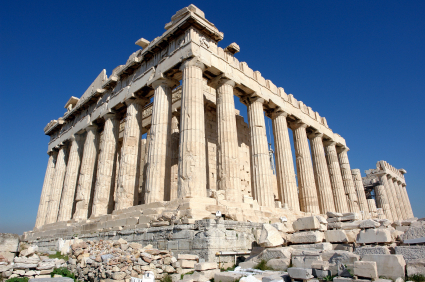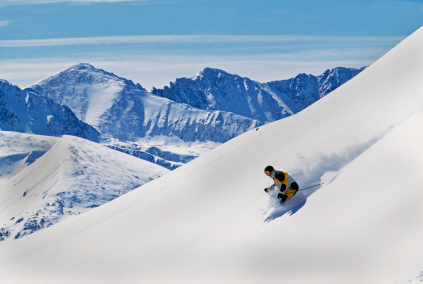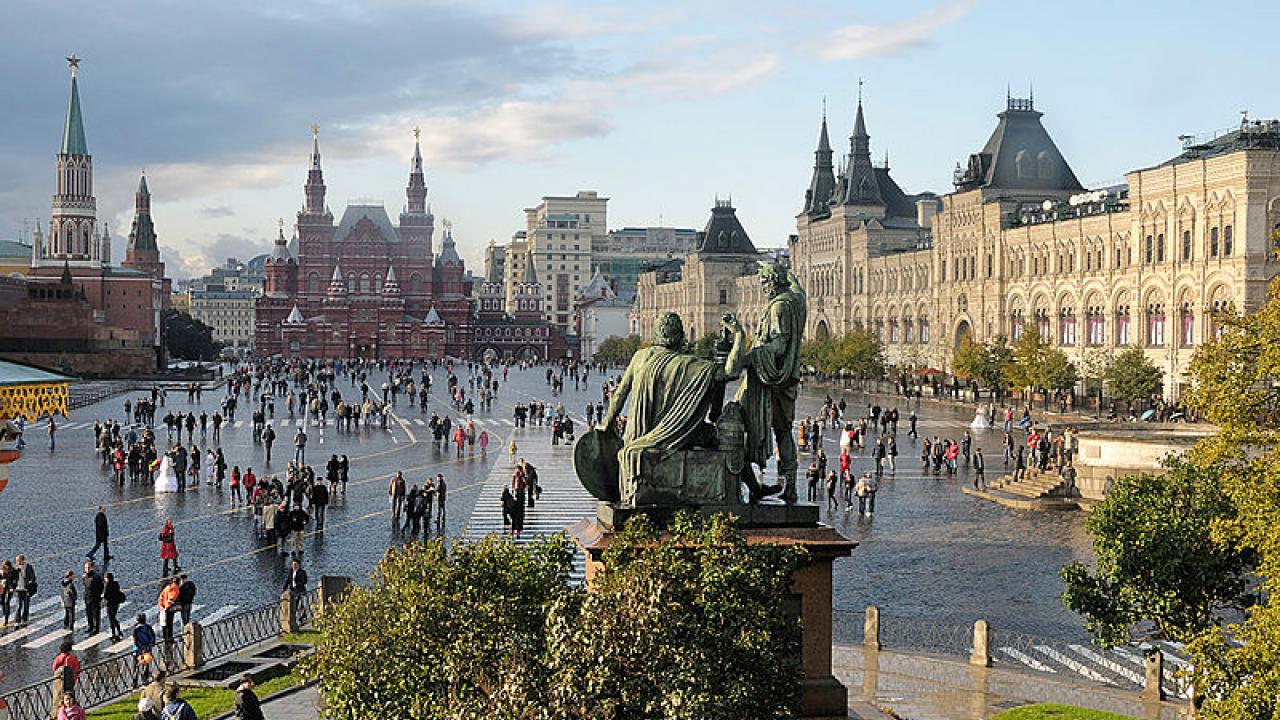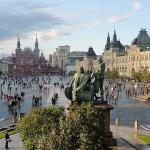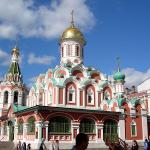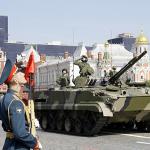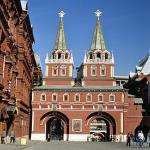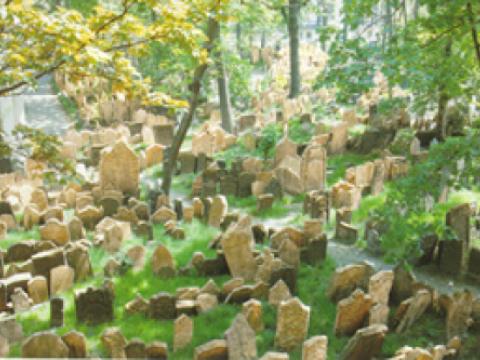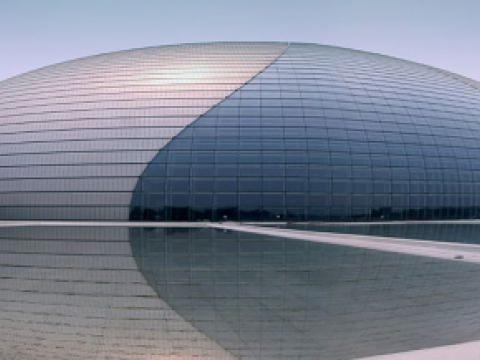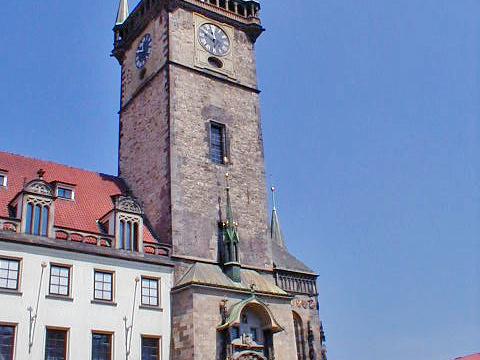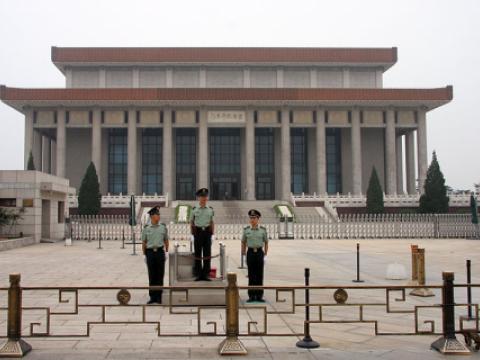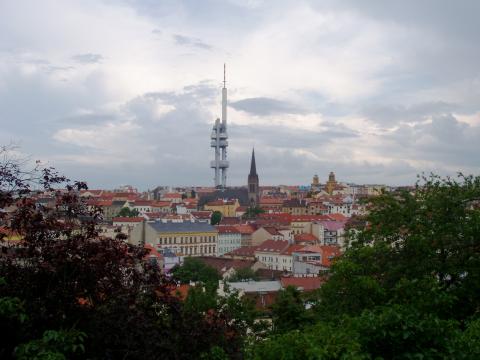Location
Stepping onto Red Square never ceases to inspire. There are few places with such impressive historical buildings as around the Moscow Red Square. St. Basil’s Cathedral, the Kremlin, GUM shopping Mall, and Lenin’s Mausoleum are often depicted on Russian postcards.
Red Square used to be a market square adjoining the merchants’ area in Kitay Gorod. It has always been a place where occupants of the Kremlin chose to congregate, celebrate and castigate for all the people to see. Back in the day, Red Square was the top spot for high-profile executions such as those of the Cossack rebel Stepan Razin in 1671 and the Streltsy (Peter the Great’s mutinous palace guard) in 1698.
There is a widely spread misconception about the Red Square’s name. Some stories tell that it comes from the red color of communism, some say it’s because of the blood spilled on this place, while the others claim the red color of the pavement brought this square its name. Those are all fallacies; the true story is that the translation was bad. The word ‘Krasnaya’ means either red or beautiful. When they were naming it, the Russians thought about the staggering beauty of the buildings surrounding it and gave this square the name ‘Krasnaya Ploshchad’.
The Red Square is located in the very center of the Moscow. All major streets start on that junction, so it is really hard to miss.
Sightseeing on the square is free.



